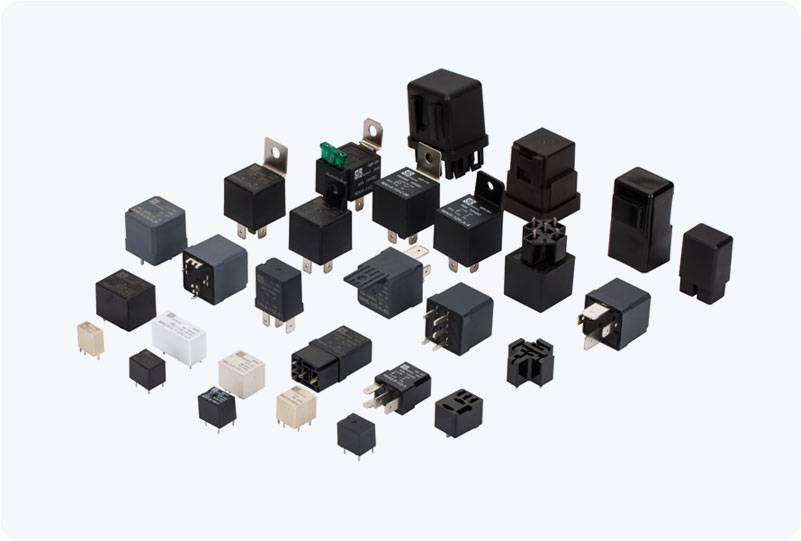As electric vehicles (EVs) continue to gain popularity and evolve in terms of technology, various components play crucial roles in ensuring the vehicle’s performance, longevity, and safety. One such component that is often overlooked but critically important is the Precharge Relay for EV. This device helps manage the initial connection between the vehicle’s high-voltage battery system and the electrical components, ensuring smooth operation and protecting the vehicle from electrical surges. In this article, we will explore what a Precharge Relay is, its role in EVs, and why it’s essential for both vehicle safety and battery health.

What is a Precharge Relay? A Precharge Relay is a relay used in electric vehicles and other battery-operated devices that require a stable, gradual connection to a power source. The primary purpose of the Precharge Relay is to limit the inrush current when the vehicle is first connected to the charging system or when the high-voltage circuit is powered on. Without a Precharge Relay, the initial surge of electricity could cause damage to sensitive components like the battery management system (BMS), inverter, and other high-voltage electrical systems. When a vehicle is first plugged into the charger, or when the high-voltage system is activated, there is typically a voltage difference between the battery and the rest of the system. If this difference is not carefully managed, the resulting surge can be dangerous, causing thermal stress, electrical arcing, or even system failure.